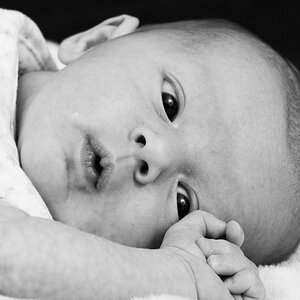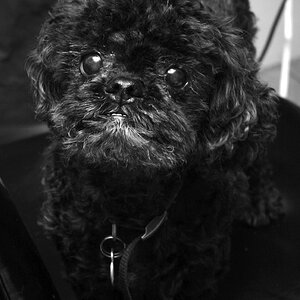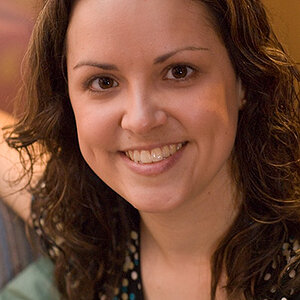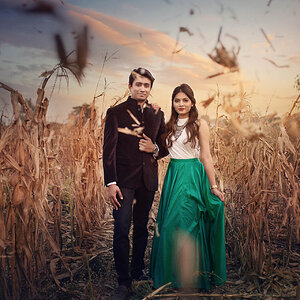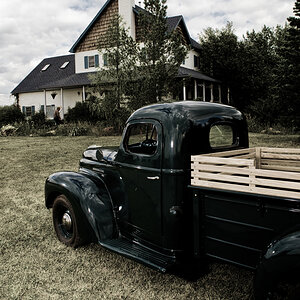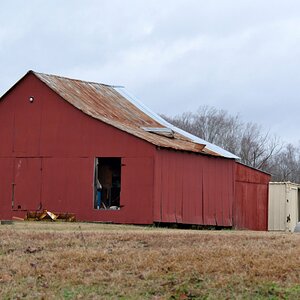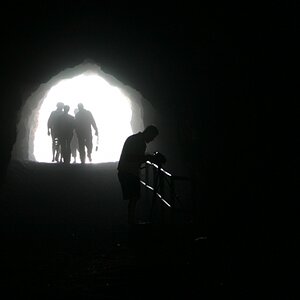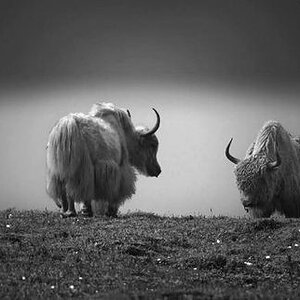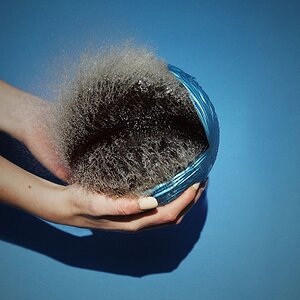Advanced Photo
No longer a newbie, moving up!
- Joined
- Sep 29, 2016
- Messages
- 718
- Reaction score
- 94
- Location
- Western US
- Can others edit my Photos
- Photos OK to edit
You get more good shots by taking more pictures.
Also rules are made to be broken, try not to get too caught up in creating formula photos that everyone else makes.
Most important is enjoy the shooting. If it's not really fun to do, do something more fun.
Good luck.
Also rules are made to be broken, try not to get too caught up in creating formula photos that everyone else makes.
Most important is enjoy the shooting. If it's not really fun to do, do something more fun.
Good luck.


